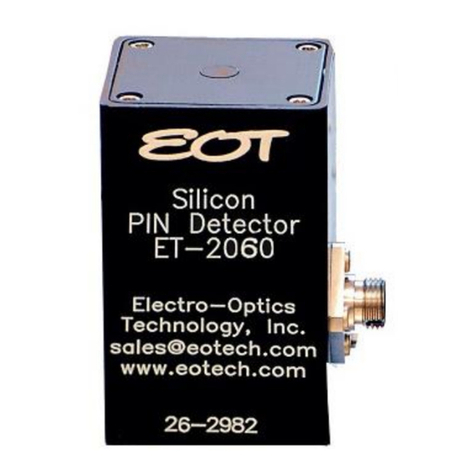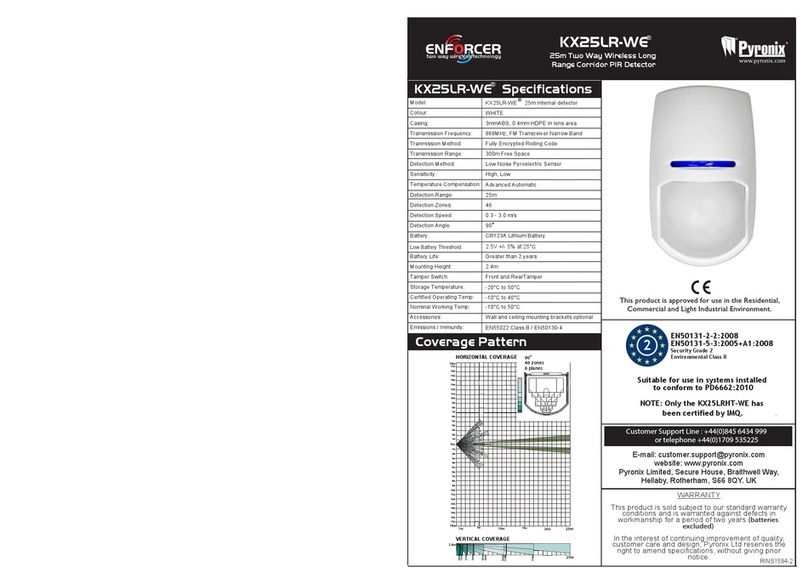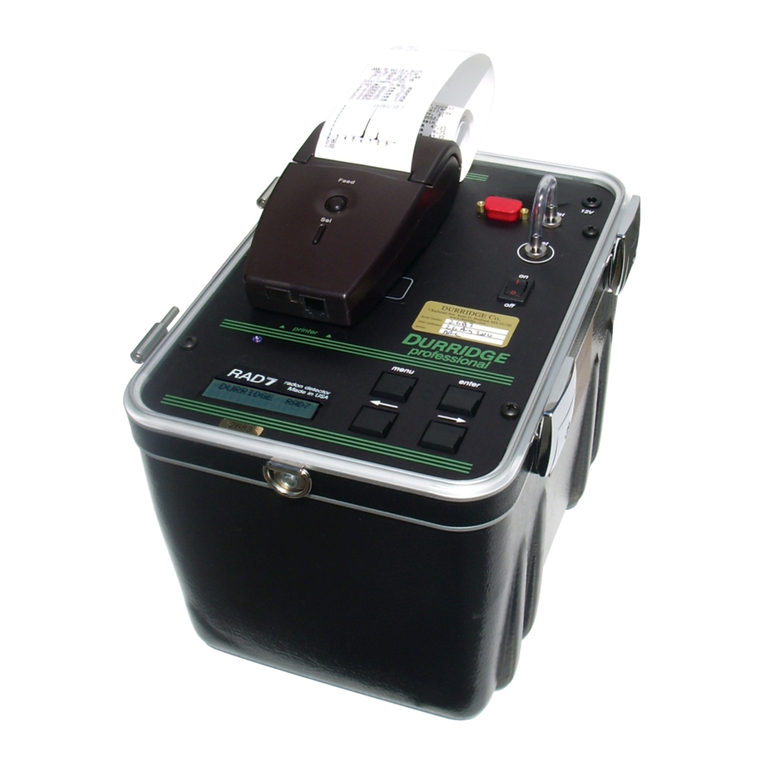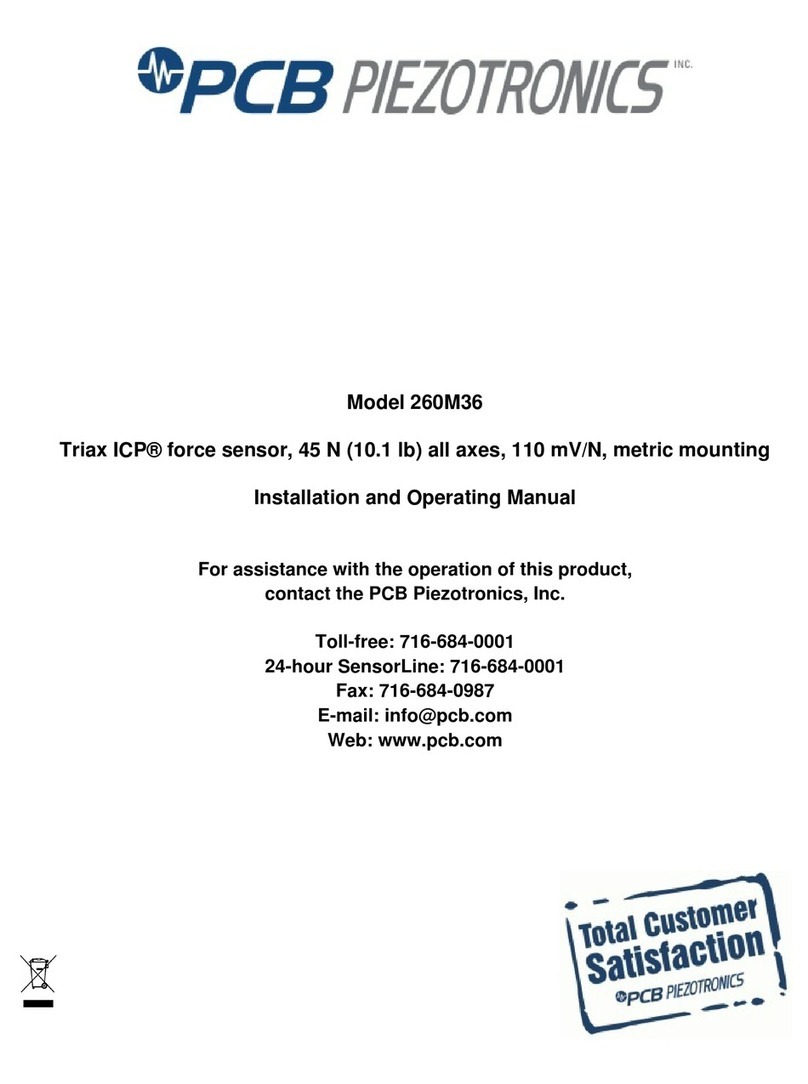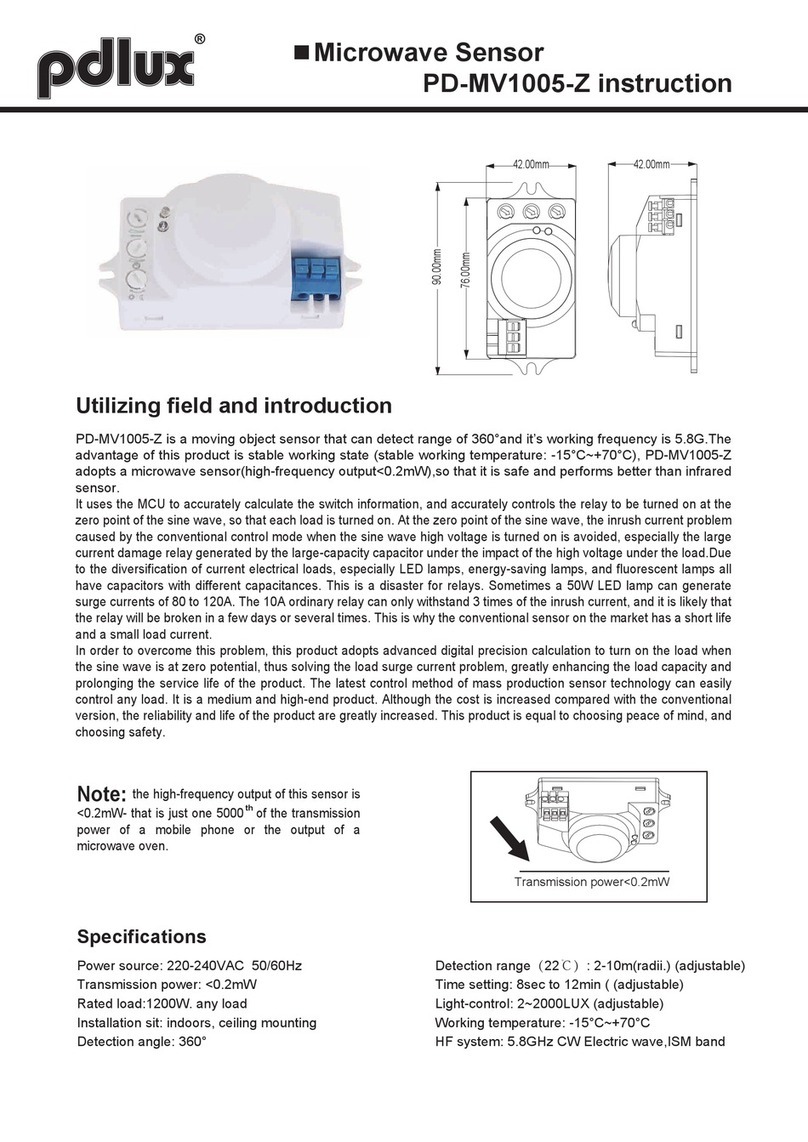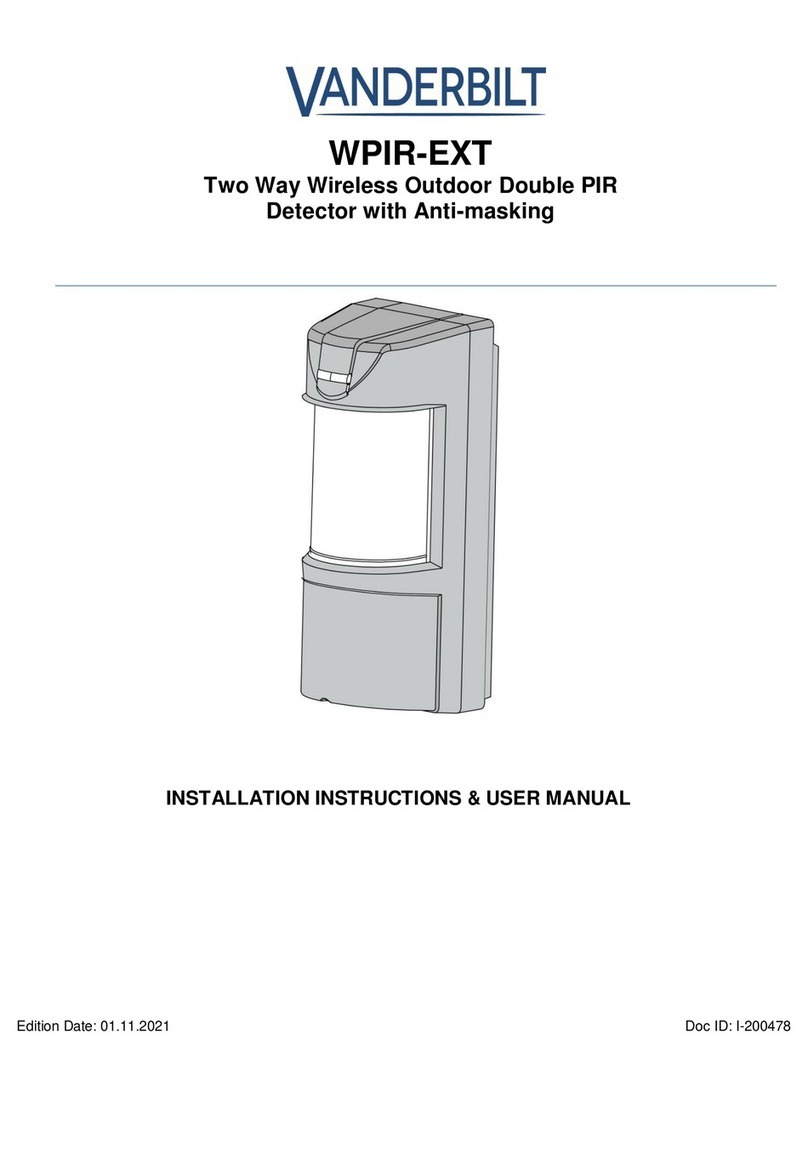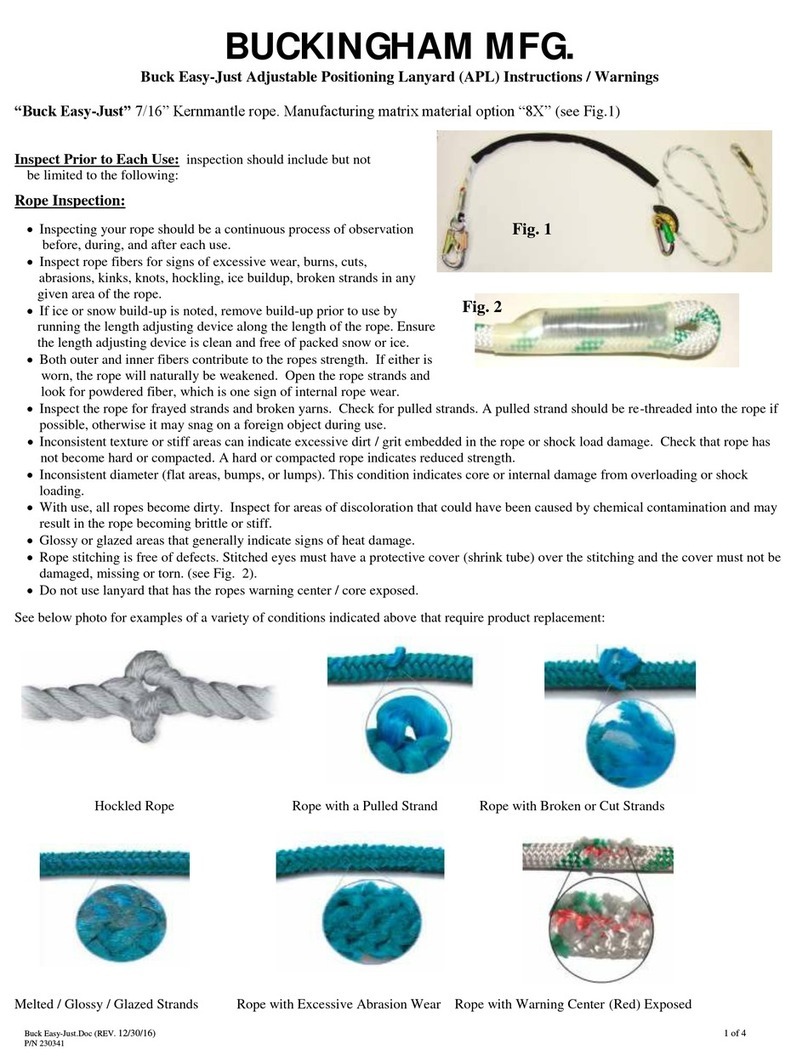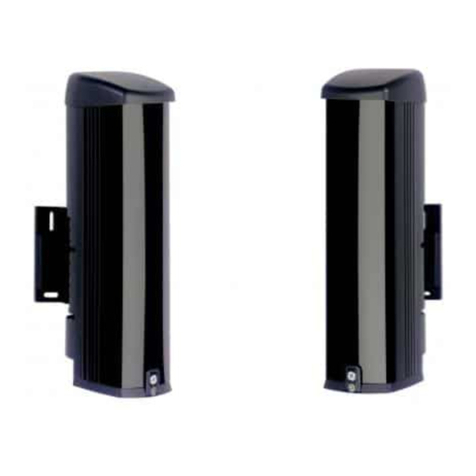Electro-Optics Technology ET-2030A User manual

-~
ARTISAN
®
~I
TECHNOLOGY
GROUP
Your definitive source
for
quality
pre-owned
equipment.
Artisan Technology
Group
Full-service,
independent
repair
center
with
experienced
engineers
and
technicians
on staff.
We
buy
your
excess,
underutilized,
and
idle
equipment
along
with
credit
for
buybacks
and
trade-ins
.
Custom
engineering
so
your
equipment
works
exactly as
you
specify.
•
Critical
and
expedited
services
•
Leasing
/
Rentals/
Demos
• In
stock/
Ready-to-ship
•
!TAR-certified
secure
asset
solutions
Expert
team
ITrust
guarantee
I
100%
satisfaction
All
tr
ademarks,
br
a
nd
names, a
nd
br
a
nd
s a
pp
earing here
in
are
th
e property of
th
e
ir
r
es
pecti
ve
ow
ner
s.
Find the Electro-Optics ET-3000A at our website: Click HERE

Electro-Optics Technology, Inc.
Electro-Optics Technology, Inc. | 3340 Parkland Ct. Traverse City, MI 49686 USA
Amplified
Photodetectors
User Guide

Electro-Optics Technology, Inc.
Electro-Optics Technology, Inc. | 3340 Parkland Ct. Traverse City, MI 49686 USA
Thank you for purchasing your Amplified Photodetector from EOT. This user guide will help
answer any questions you may have regarding the safe use and optimal operation of your
Amplified Photodetector.
TABLE OF CONTENTS
I. Amplified Photodetector Overview....................................................................................... 2
II. Operation of your EOT Amplified Photodetector ................................................................. 3
III. Troubleshooting..................................................................................................................... 3
IV. Schematics: Amplified Photodetectors.................................................................................. 4
V. Warranty Statement and Repair............................................................................................. 4
VI. Glossary of Terms.................................................................................................................. 5
I. Amplified Photodetector Overview
EOT’s Amplified Photodetectors contain PIN photodiodes that utilize the photovoltaic
effect to convert optical power into an electrical current. Figure 1 below identifies the
main elements of your Amplified Photodetector.
Figure 1: EOT Amplified Photodetector
When terminated into 50 Ω into an oscilloscope, the pulsewidth of a laser can be
measured. When terminated into a spectrum analyzer, the frequency response of a laser
can be measured.
Sensor
Aperture
BNC
Connector
2.5mm
Power Jack

Electro-Optics Technology, Inc.
Electro-Optics Technology, Inc. | 3340 Parkland Ct. Traverse City, MI 49686 USA
II. Operation of your EOT Amplified Photodetector
A. Caution: Eye safety precautions must be followed when utilizing any equipment used
in the vicinity of laser beams. Laser beams may reflect from the surface of the
detector or the optical mount and caution must be exercised.
B. Mount the detector to an optical stand by the mounting holes on the bottom of the
detector housing. An 8/32 nylon standoff is included to isolate the detector from the
optical stand if noise is generated due to grounding through the stand.
C. Adjust the voltage of the oscilloscope to 100 mV/division before connecting the
detector.
D. Connect the detector to the oscilloscope using a 50 Ω coaxial cable that one meter or
less.
E. Use the 50 Ω termination input of the oscilloscope. If the oscilloscope does not have a
50 Ω input, connect the coaxial cable to a 50 Ω terminator and connect this to the
oscilloscope’s 1 MΩ input.
F. When possible, use a scatterplate (white paper works) to integrate the laser beam.
Focus on the active area only if you need increased sensitivity.
G. If the full bandwidth of the detector is not needed, use low-pass, bandpass, or high-
pass filters to remove excess noise.
III. Troubleshooting
A. No signal is seen the first time the detector is used.
1. Is the AC power supply plugged in?
2. Is the detector terminated into 50 Ω at the oscilloscope?
3. Is the wavelength of the laser within the spectral range of the detector?
4. Is the signal high off the scale on the oscilloscope?
5. Inspect the diode for possible damage.
6. If increasing the incident power does not result in a higher voltage output, the
detector is probably saturated. Check the photodetector’s data sheet for the
Maximum Linear Rating specification.
7. Are all the connectors securely in place?

Electro-Optics Technology, Inc.
Electro-Optics Technology, Inc. | 3340 Parkland Ct. Traverse City, MI 49686 USA
8. Is the bandwidth you are trying to measure below the low frequency cutoff of 30
kHz?
IV. Schematics: Amplified Photodetectors
V. Warranty Statement and Repair
EOT warrants its products to be free from defects in material and workmanship and
complies with all specifications. EOT will at its option, repair or replace any product or
component found to be defective during the warranty period. This warranty applies only
to the original purchaser and is not transferrable for a period of one year after date of
original shipment. The foregoing warranties shall not apply, and EOT reserves the right
to refuse warranty service, should malfunction or failure result from:
a. Damage caused by improper installation, handling or use.
b. Unauthorized product modification or repair.
c. Operation outside the environmental or damage specifications of the product.
d. Contamination not reported to EOT within 30 days of the original ship date.
e. EOT’s output isolators contain a “spacer” at the end of the isolator. Under certain
conditions, an off-axis back-reflection from the workpiece could focus down onto
the output displacer or polarizer inside the isolator. The purpose of the spacer is to
eliminate the conditions under which this could happen. Should EOT’s output
isolators be purchased without the spacer, or should the spacer be removed, damage
to the output displacer or polarizer will not be covered under warranty and the
customer will be responsible for all costs associated with such an occurrence.
This warranty is exclusive in lieu of all other warranties whether written, oral, or implied.
EOT specifically disclaims the implied warranties of merchantability and fitness for a
particular purpose. In no event shall EOT be liable for an indirect, incidental, or
consequential damages in connection with its products.
If the customer believes there is a problem with the photodetector, they should
immediately contact EOT’s Sales/Customer department at 231-935-4044 or
[email protected]. EOT’s Customer Service department will either issue an
RMA for the device, or provide the customer with a procedure and authorize the

Electro-Optics Technology, Inc.
Electro-Optics Technology, Inc. | 3340 Parkland Ct. Traverse City, MI 49686 USA
customer to modify the device. All returns should reference the RMA number on the
outside of the shipping container and should be sent to:
Electro-Optics Technology, Inc.
Attn: Sales/Customer Service
3340 Parkland Ct.
Traverse City, MI 46986 USA
EOT reserves the right to inspect photodetectors returned under warranty to assess if the
problem was caused by a manufacturer defect. If EOT determines the problem is not due
to a manufacturer defect, repairs will be done at the customer’s expense. EOT will
always provide a written quote for repair prior to performing repairs at the customer’s
expense.
VI. Glossary of Terms
Amplifier: Provides a transimpedance gain throughout the photodiode’s bandwidth. The
photodiode current is converted to an output voltage.
Bandwidth: Unlike non-amplified photodetector bandwidth, which is defined as the
range of frequencies from 0 Hz (DC) to the frequency at which the amplitude decreases
by 3 dB, the amplified photodetectors have a low frequency cutoff of -3 dB, which is
greater than 0 Hz due to the DC Block Capacitor. Bandwidth and rise time can be
approximately related by the equation:
Bandwidth ≈ 0.35/rise time for a Gaussian pulse input.
Bias Voltage: The photodiode’s junction capacitance can be modified by applying a
reverse voltage. The bias voltage reduces the junction capacitance, which causes the
photodiode to have a faster response.
BNC Connector: Used to connect the customer’s coaxial cable.
Conversion Gain: The relative level of the optical input power that is amplified and
converted into a voltage output.
DC Block Capacitor: Prevents the DC voltage that is supplied through the amplifier
output from exiting the detector which would cause a large DC offset voltage. Therefore,
the amplified detector is an AC coupled device and will have a low cut-off frequency as
well as a high cut-off frequency.
Decoupling Capacitor: Maintains bias voltage when fast pulses cause the battery
voltage to reduce (this would slow the response time of the photodiode); the capacitor
allows the battery to recover to its initial voltage. It also acts as a low-pass filter for
external power supplies.

Electro-Optics Technology, Inc.
Electro-Optics Technology, Inc. | 3340 Parkland Ct. Traverse City, MI 49686 USA
Noise Equivalent Power (NEP): A function of responsivity and dark current and is the
minimum optical power needed for an output signal to noise ratio of 1. Dark current is
the current that flows through a reverse biased photodiode even when light is not present,
and is typically on the order of nA. Shot noise (Ishot) is a source of noise generated in
part by dark current; in the case of reversed biased diodes it is the dominant contributor.
Photodiode: Converts photons into a photocurrent.
Resistor: Part of the low-pass filter at the photodiode cathode.
Responsivity: In amps per watt (A/W), responsivity is the current output of the
photodiode for a given input power, and is determined by the diode structure.
Responsivity varies with wavelength and diode material.
Rise Time/Fall Time: Rise Time is the time taken by a signal to change from a specified
low value to a specified high value. Fall Time is the time taken for the amplitude of a
pulse to decrease from a specified value to another specified value. A larger junction
capacitance will slow the detector’s response time.

Artisan
Technology
Group
is
an independent supplier
of
quality pre-owned equipment
Gold-standard
solutions
Extend the life
of
your
critical industrial,
commercial, and military systems
with
our
superior service and support.
We
buy
equipment
Planning to
upgrade
your current
equipment? Have surplus equipment taking
up shelf space? We'll give it a
new
home.
Learn
more!
Visit us at artisantg.com for more info
on price quotes, drivers, technical
specifications, manuals, and documentation.
Artisan Scientific
Corporation
dba
Artisan
Technology
Group
is
not
an affiliate,
representative,
or
authorized
distributor
for
any
manufacturer
listed herein.
We're here to make your life easier.
How
can
we
help you today?
(217)
352-9330
Isales@artisantg.com Iartisantg.com
This manual suits for next models
1
Table of contents
Other Electro-Optics Technology Security Sensor manuals
Popular Security Sensor manuals by other brands

TS-market
TS-market LORNET-24 user manual
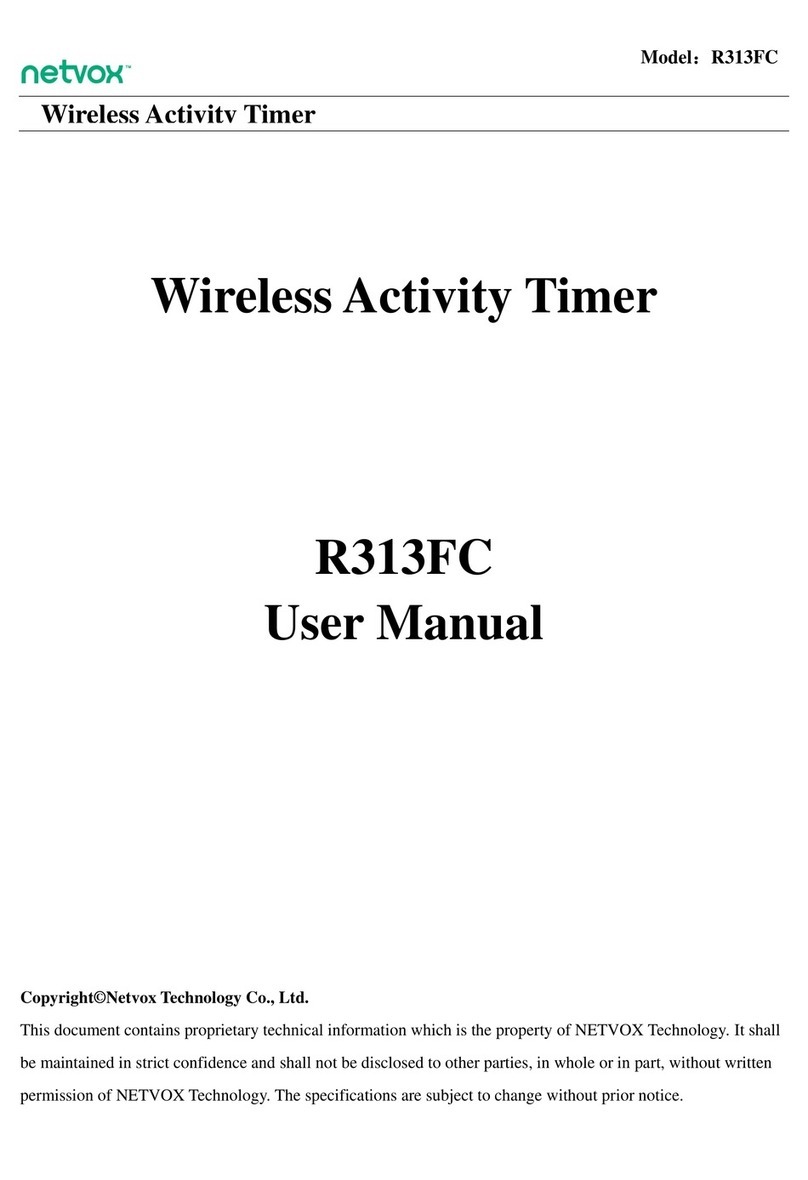
netvox
netvox R313FC user manual
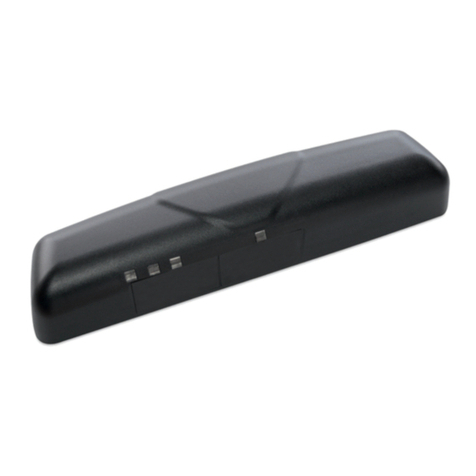
Bircher Reglomat
Bircher Reglomat Swissdoor PrimeMotion B Translation of the original instructions
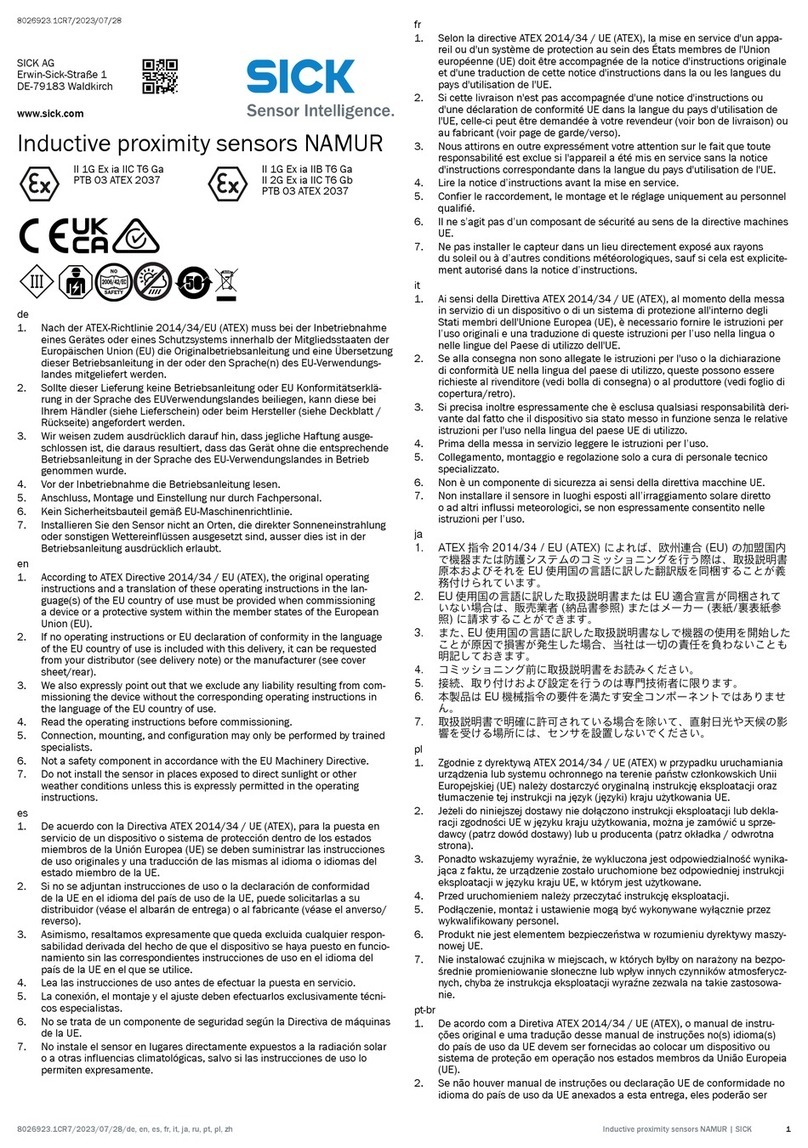
SICK
SICK NAMUR IM08-01B-N-ZWO manual
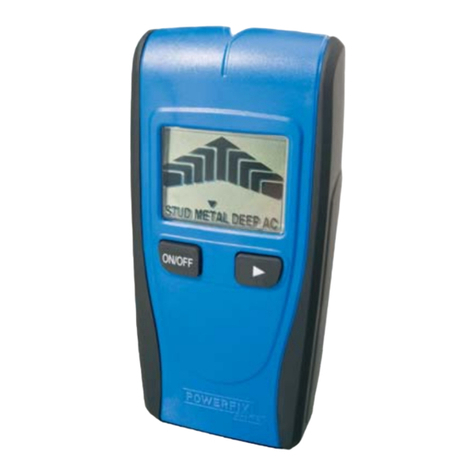
Powerfix Profi
Powerfix Profi 77287 operating instructions
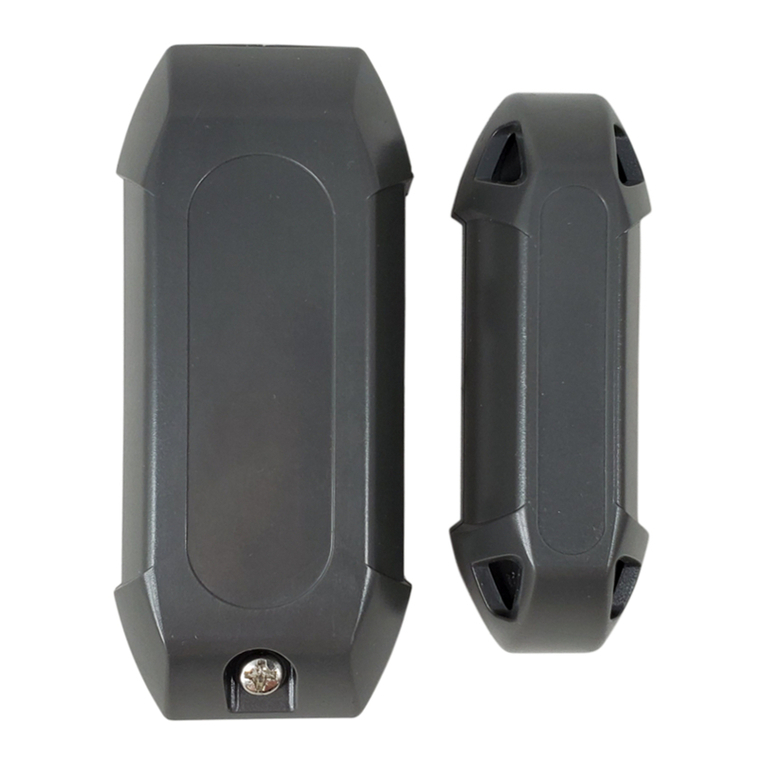
Clare Controls
Clare Controls ClareOne CLR-C1-ODDG installation instructions
